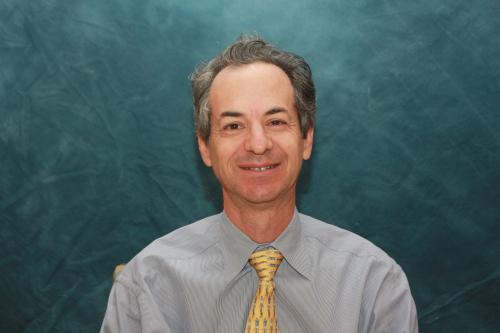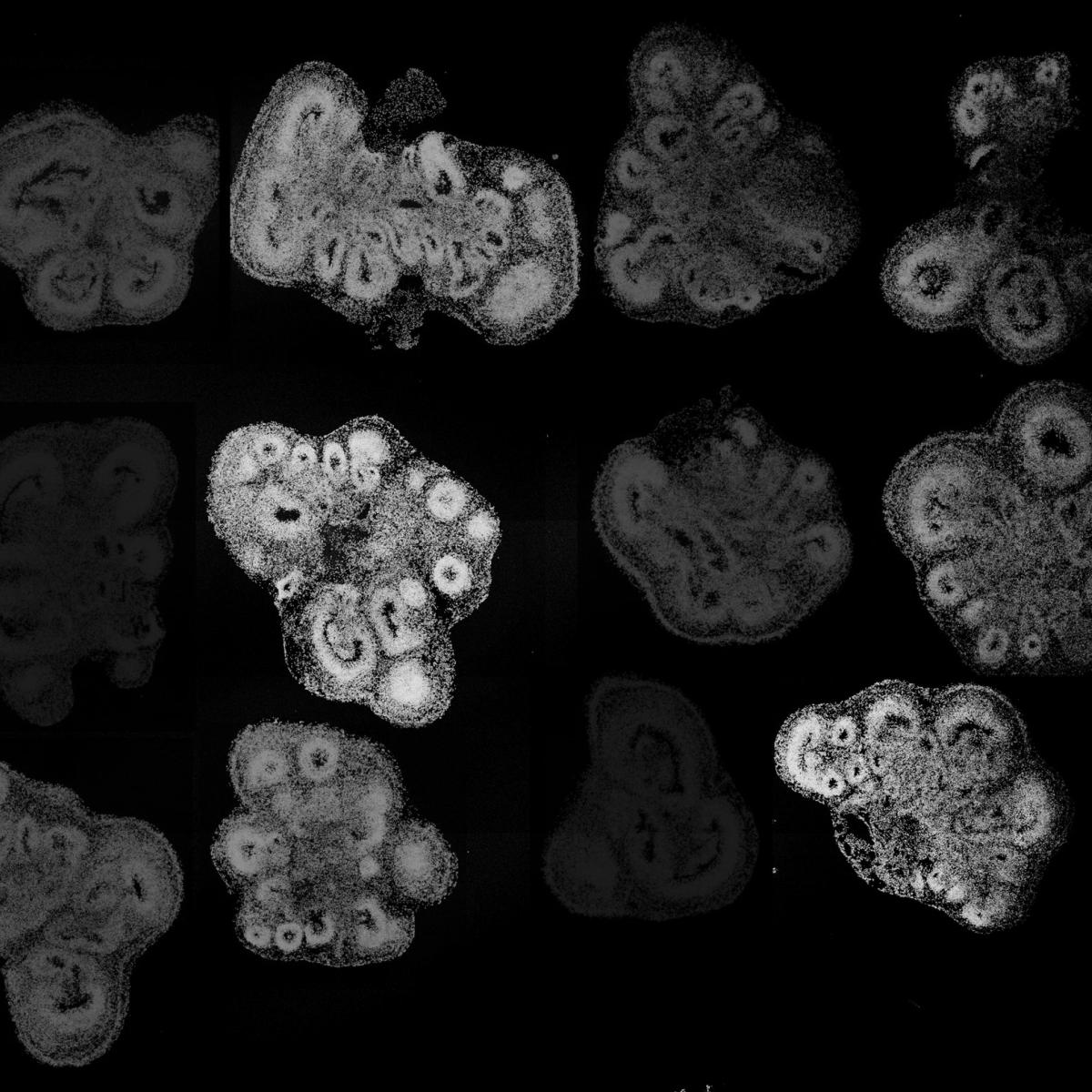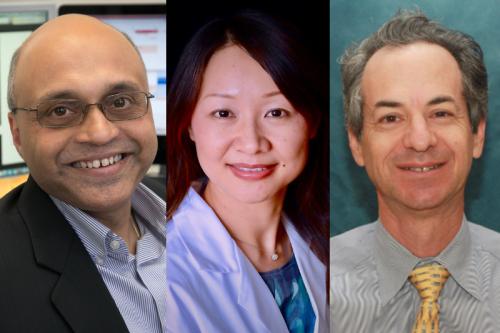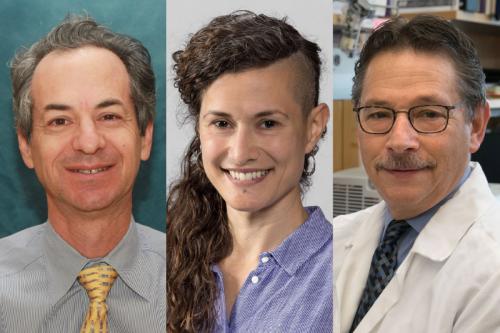
Gerald S. Lipshutz, M.D.
- Professor, Surgery
- Professor, Molecular and Medical Pharmacology

Gerald S. Lipshutz, M.D., is a leading liver and pancreas transplant surgeon with a long-term interest in biochemistry and single enzyme disorders of the liver that affect normal metabolism. The ultimate goal of his research is to develop gene and cell therapies for these rare disorders of metabolism, which often result in severe intellectual disability or early postnatal death.
Lipshutz is currently studying the urea cycle disorder arginase deficiency and carbamoyl phosphate synthetase deficiency, as well as cerebral creatine deficiency disorders — primarily deficiency of the creatine biosynthetic enzyme GAMT and mutations of SLC6A8, the creatine transporter. He has demonstrated some similarities in mechanisms of dysfunction for these disorders and developed novel hypotheses that address the common mechanism of dysfunction primarily between ARG1 and GAMT deficiencies. He hopes his efforts to better understand these rare and poorly treated disorders will inform the development and clinical application of much-needed gene and cell-based therapies to treat them.
Research Projects
- Developing gene and cell therapies for metabolic disorders of the liver
- Studying the developing nervous system to understand mechanisms of brain injury caused by arginase deficiency
- Exploring the underlying neurobiology of arginase and guanidinoacetate methyltransferase deficiencies to improve understanding of their impact on the structure and function of neural tissue
- Modeling the creatine transporter mutations in SLC6A8 through development of stem cell-based human brain organoid 3D tissue grown from stem cells to replicate aspects of the structure and function of an organ. By modeling how multiple types of cells interact in biologically-relevant structures, these models help researchers understand how human organs develop, age and respond to disease in more detail than 2D cultures. organoid 3D tissue grown from stem cells to replicate aspects of the structure and function of an organ. By modeling how multiple types of cells interact in biologically-relevant structures, these models help researchers understand how human organs develop, age and respond to disease in more detail than 2D cultures. models
- Developing gene therapy A technique that uses a gene or gene(s) to prevent, treat or cure a disease or disorder. Most gene therapies work by adding a healthy version of a gene to replace one that is defective or missing into the genome of particular cells. Some of these therapies use viral vectors to deliver genes into target cells. gene therapy A technique that uses a gene or gene(s) to prevent, treat or cure a disease or disorder. Most gene therapies work by adding a healthy version of a gene to replace one that is defective or missing into the genome of particular cells. Some of these therapies use viral vectors to deliver genes into target cells. approaches for carbamoyl phosphate synthetase 1 deficiency, which results in early and rapid rise of ammonia shortly after birth
-
Medical Board Certification
- Surgery, American Board of Surgery, 2003
Fellowship
- Solid Organ Transplantation, UC San Francisco School of Medicine, 2004
Residency
- General Surgery, UC San Francisco School of Medicine, 2002
Internship
- General Surgery, UC San Francisco School of Medicine, 1994
Degree
- M.D., David Geffen School of Medicine at UCLA, 1993



